Published in The Huffington Post, USA Today.com, the San Diego Union Tribune, and elsewhere
`Fever’ urges governments to fight malaria locally
CARL HARTMAN | July 5, 2010 12:01 AM EST | ![]()
“The Fever: How Malaria Has Ruled Humankind for 500,000 Years” (Sarah Crichton Books/Farrar, Straus and Giroux, $26), by Sonia Shah
At age 7, author Sonia Shah visits her grandmother in southern India. She must take anti-malaria pills, and she lies in a stuffy cage of netting – mosquitoes perched menacingly above – while her local cousins sleep nearby, unencumbered in the warm breeze.
The mosquitoes “sneak into the gap my protruding limbs create, and they feast,” she complains. The next morning, her grandmother rubs talcum powder into Shah’s pink scabs while her smooth-skinned cousins snicker.
Shah’s relatives profess the ancient Jain religion, which holds all life sacred and forbids violence. Her reaction is heretical, the author recalls vividly.
“When no one is looking,” Shah writes in “The Fever: How Malaria Has Ruled Humankind for 500,000 Years,” “I crush the mosquitoes’ poised little figures with my palm and smear the remains on a hidden seam in the couch.”
Decades later, she describes the heresies of rural Africans violating orthodox scientific doctrine on mosquito nets: “They wash them, draining them of the insecticides that make them effective. … In Gambia nets are considered expensive items too dear to bestow upon mere children. In Namibia people prefer to use the mosquito nets for fishing.
“For all these reasons and more, according to a 2003 study, fewer than 17 percent of Africans who received treated nets actually hung them over their sleeping children.”
The World Health Organization estimates there are 350 million to 500 million cases of malaria a year. A large number of the cases are mild, leading many indigenous people to view malaria as more an annoyance like head colds than a disease. But nearly 1 million cases a year are fatal.
The most recent – artemisinin (the author’s favorite) – is made from a wildflower called sweet wormwood. It was revived from an ancient Chinese list of remedies in a search ordered by Communist leader Mao Zedong.
Evidence of mosquito resistance to the drug has been recently reported.
Shah is skeptical of a surge of private charity that emphasizes the use of mosquito nets following the decline of government-led anti-malaria programs in the 1990s. Acknowledging the contributions of Bill Gates and former Presidents George W. Bush and Bill Clinton, she lists Veto the ‘Squito, a youth-led charity; Nothing but Nets, an anti-malarial basketball charity; and World Swim Against Malaria. She quotes The New York Times as decrying “hip ways to show you care.”
Her own comment: “Just because something is simple doesn’t necessarily mean that people will do it.”
“(T)he schools, roads, clinics, secure housing and good governance that enable regular prevention and prompt treatment must be built,” she concludes. “Otherwise the cycle of depression and resurgence will begin anew; malaria will win, as it always has.”
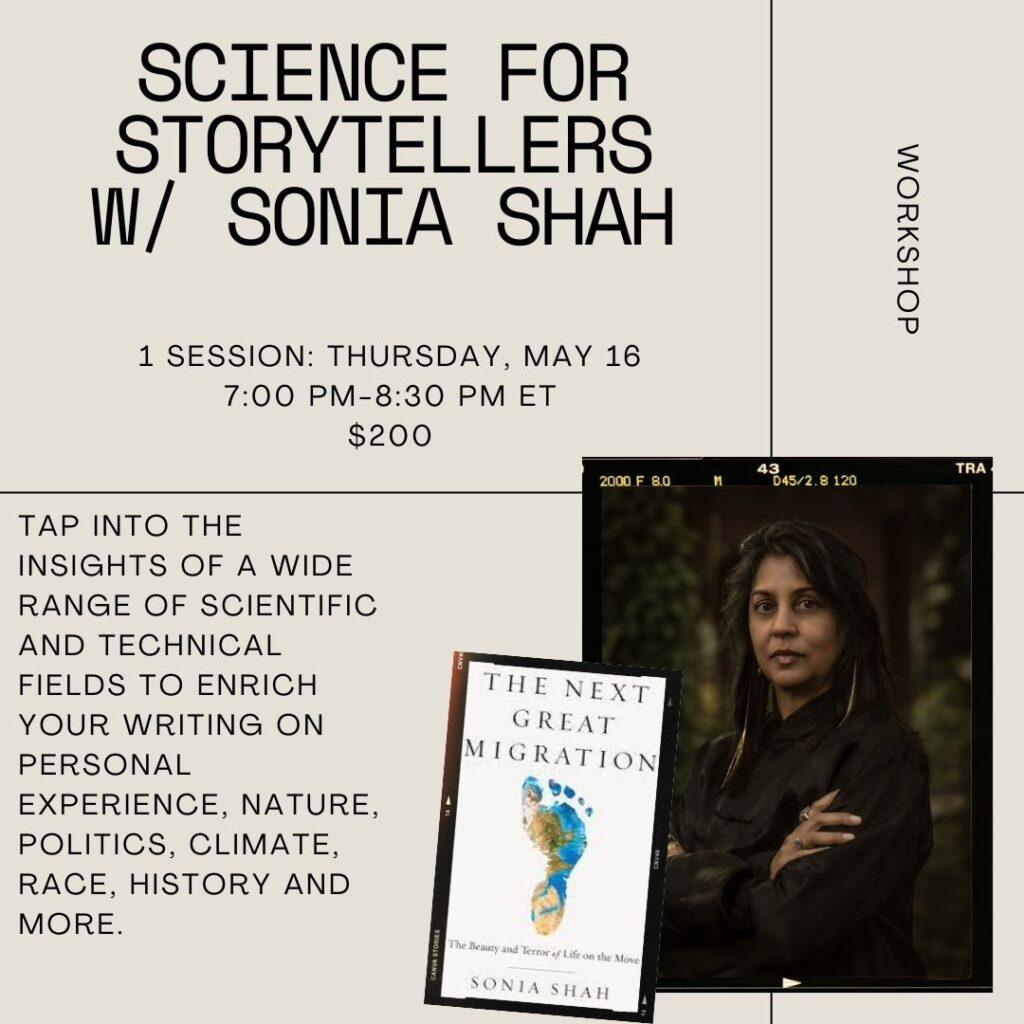
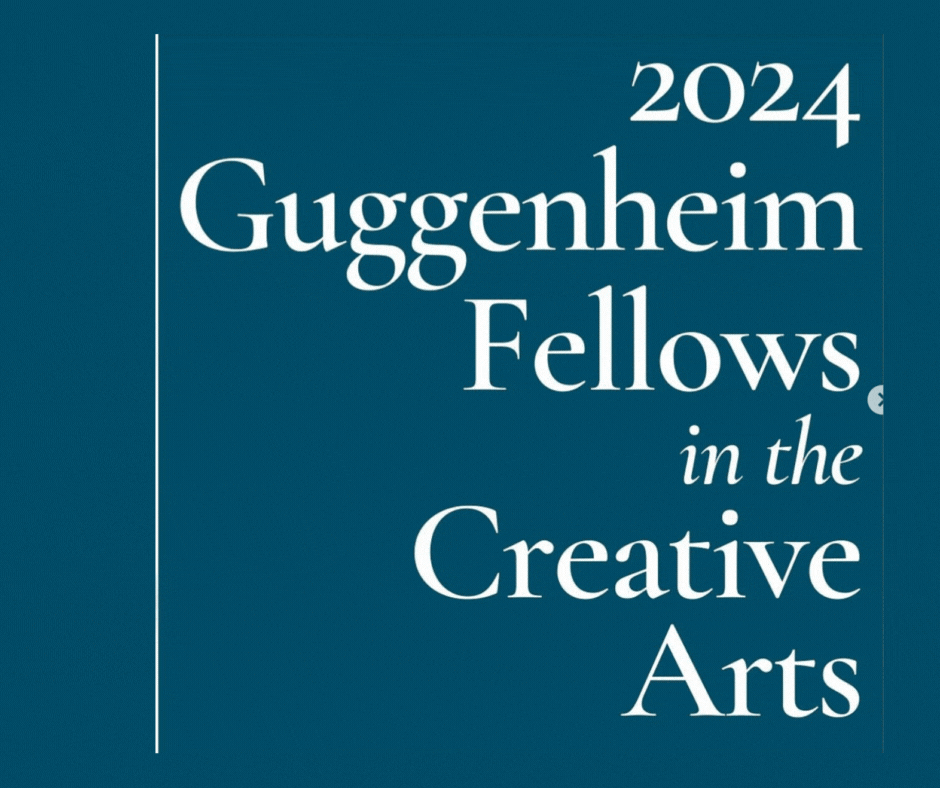
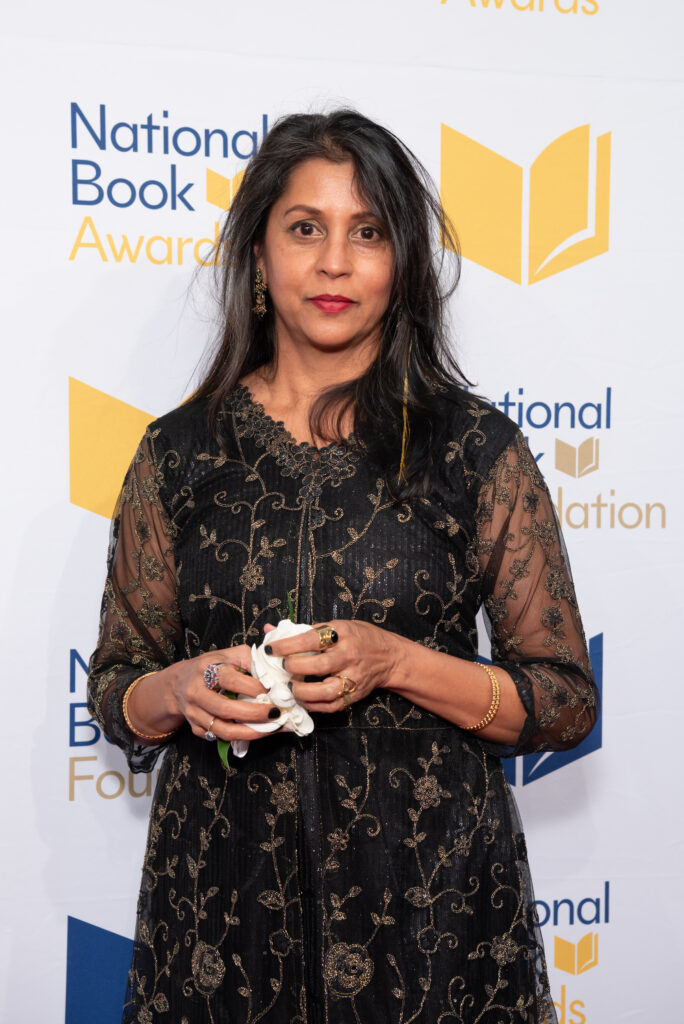

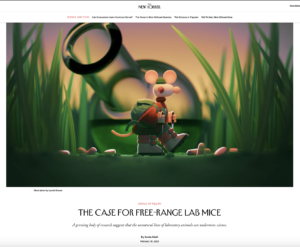
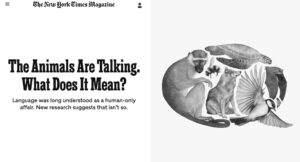
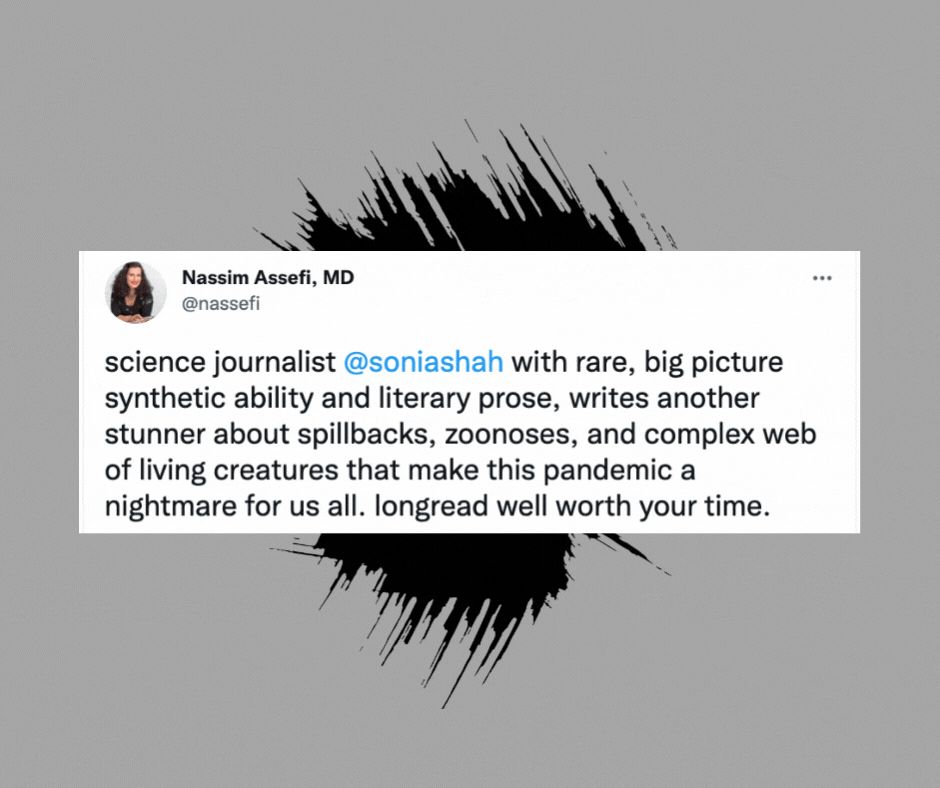
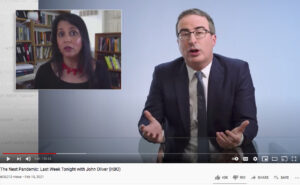
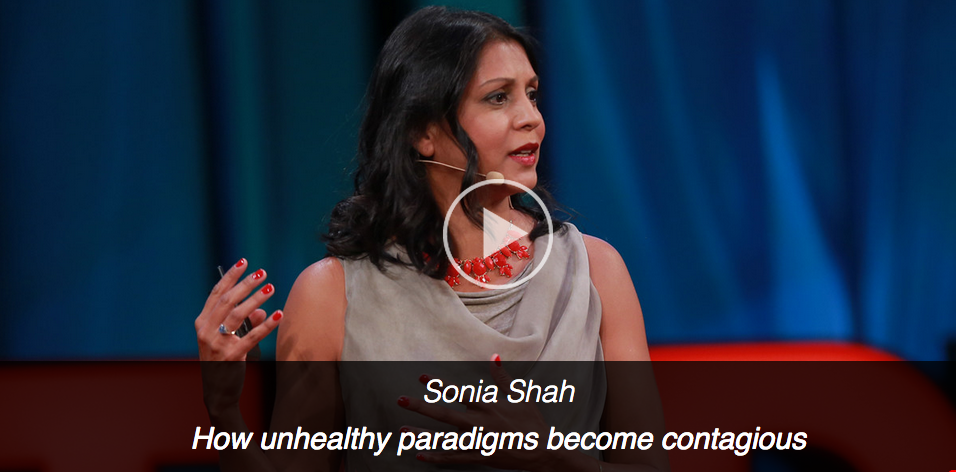
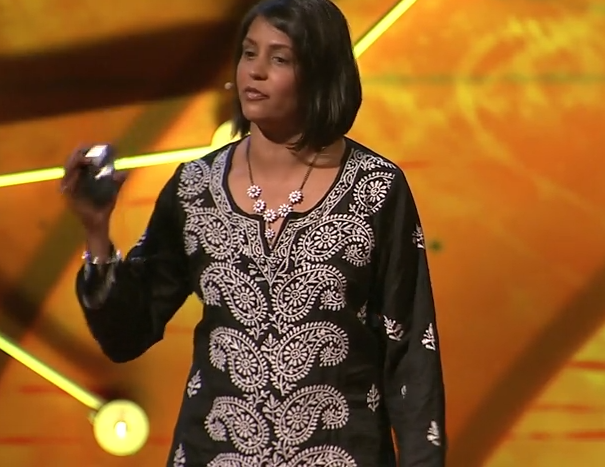




Leave a Reply